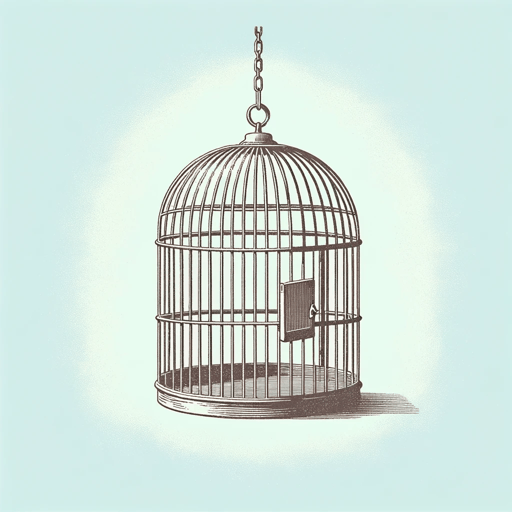62 pages • 2 hours read
Erica Armstrong DunbarNever Caught: The Washingtons’ Relentless Pursuit of Their Runaway Slave
Nonfiction | Biography | Adult | Published in 2017A modern alternative to SparkNotes and CliffsNotes, SuperSummary offers high-quality Study Guides with detailed chapter summaries and analysis of major themes, characters, and more. For select classroom titles, we also provide Teaching Guides with discussion and quiz questions to prompt student engagement.
Important Quotes
“Martha Washington allowed only those slaves she felt to be the most polished and intelligent to toil within the walls of the main house.”
(Chapter 1 , Page 8)
Dunbar’s condemnation of Martha Washington’s character begins early. She sets Martha up as arrogant and unaware of how her arrogance might be a poor quality. The juxtaposition of allowing a “polished and intelligent” slave to “toil” tells the audience everything Dunbar wants them to know about Martha.
“This girl child would come to represent the complexity of slavery, the limits of black freedom, and the revolutionary sentiments held by many Americans.”
(Chapter 1 , Page 9)
Figures in Never Caught are used as symbols, and Dunbar states her intention to employ this device right from the beginning. In no uncertain terms, she announces that Judge represents far more than just the central figure of her own life–she is a symbol of slavery and freedom as a whole as it existed in the United States.
“Mrs. Washington and Ona Judge may have shared similar concerns, but of course only Martha Washington was allowed to express discontent and sorrow.”
(Chapter 2 , Page 22)
Slavery’s dehumanizing effects are psychological as well as physical. Dunbar juxtaposes Martha and Judge’s feelings to demonstrate that part of Judge’s lack of freedom includes the lack of freedom to express emotions outwardly, having to internalize the pain and trauma of slavery.
Related Titles
By Erica Armstrong Dunbar


